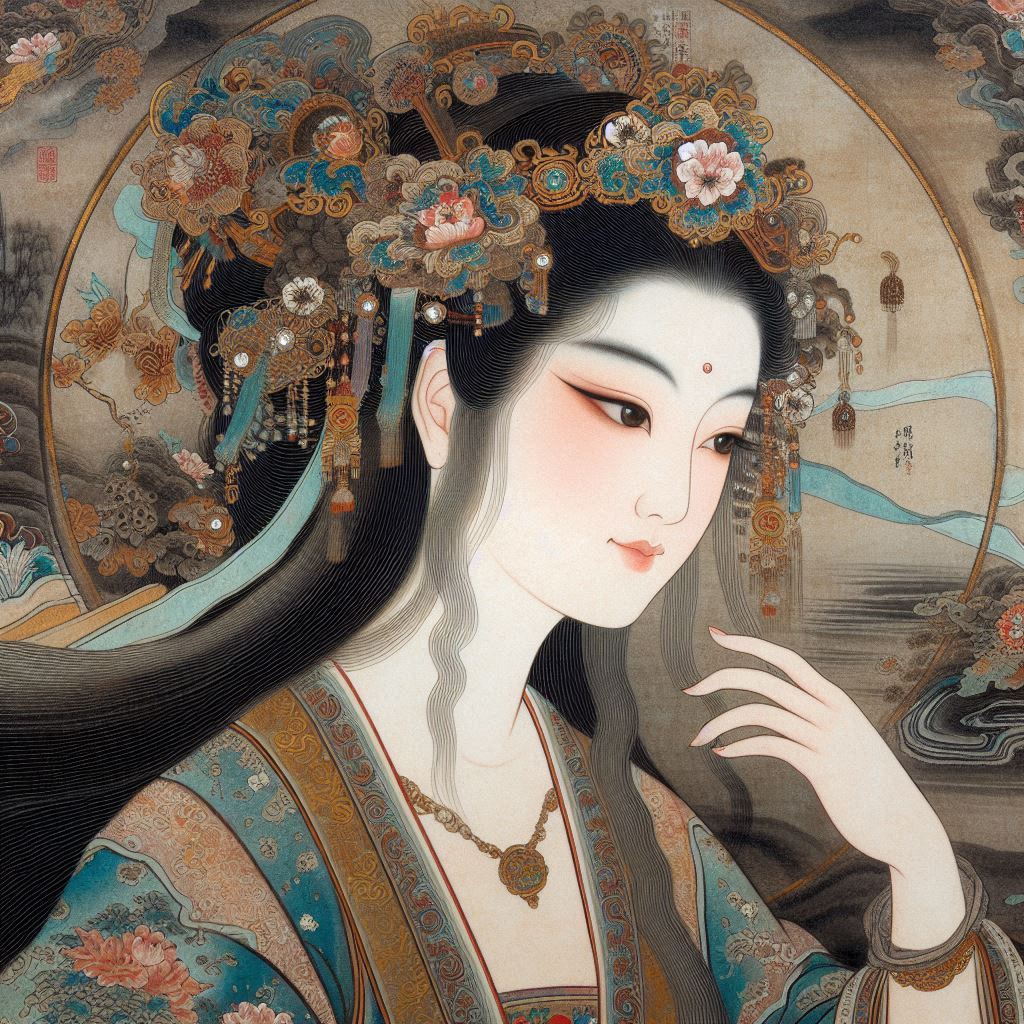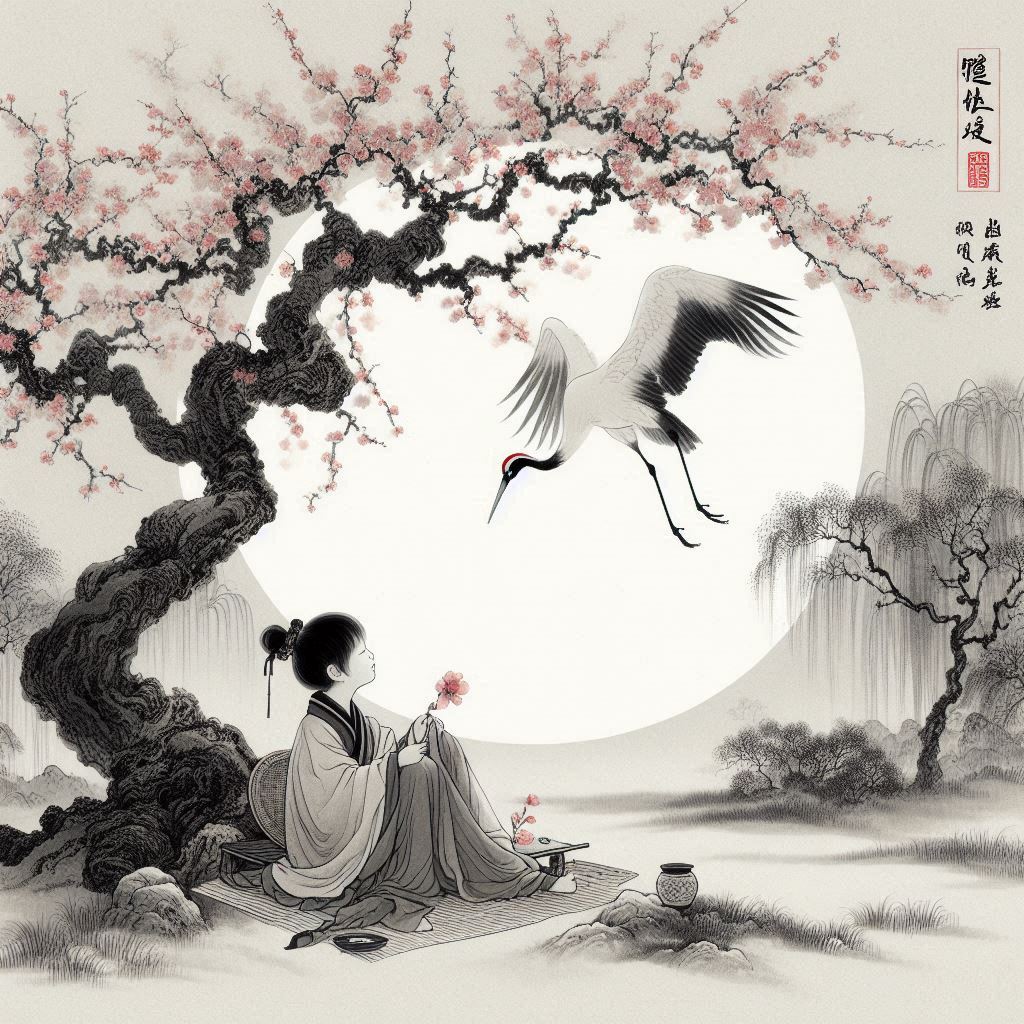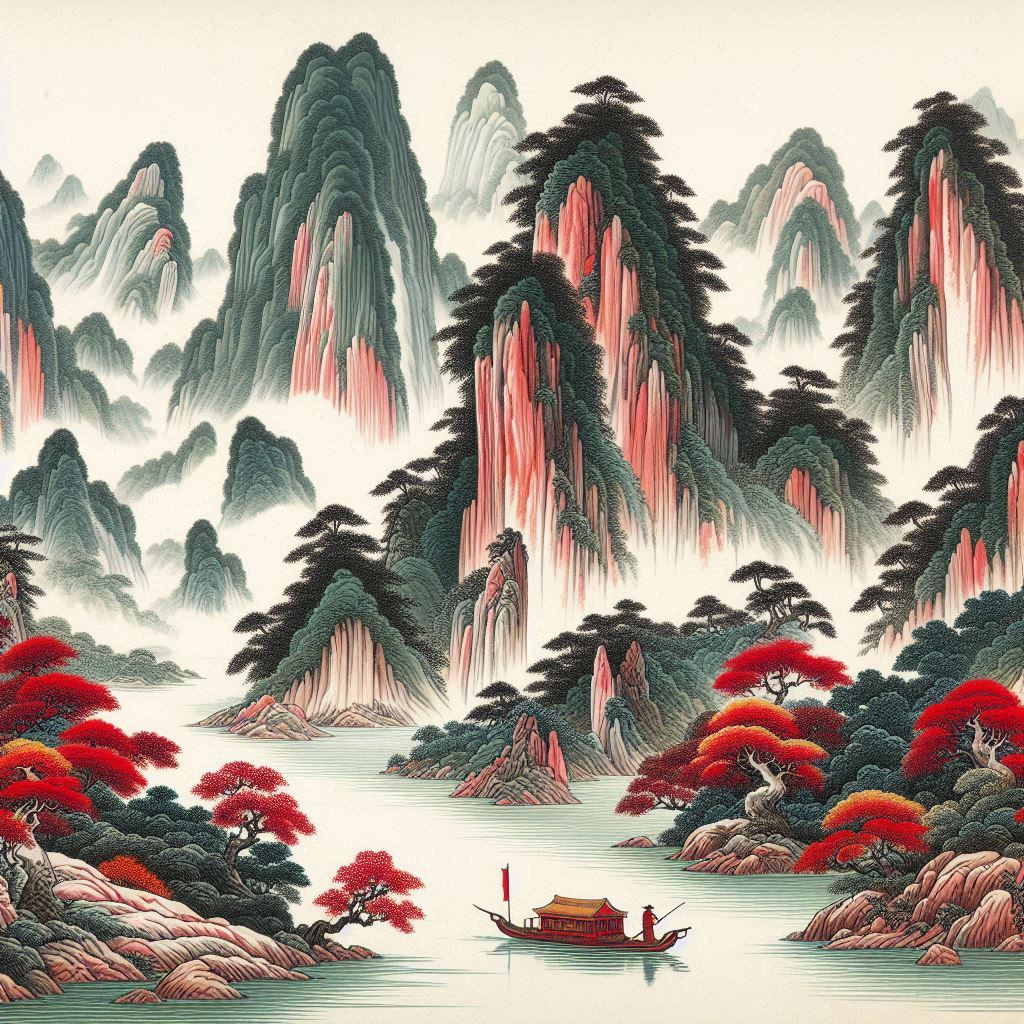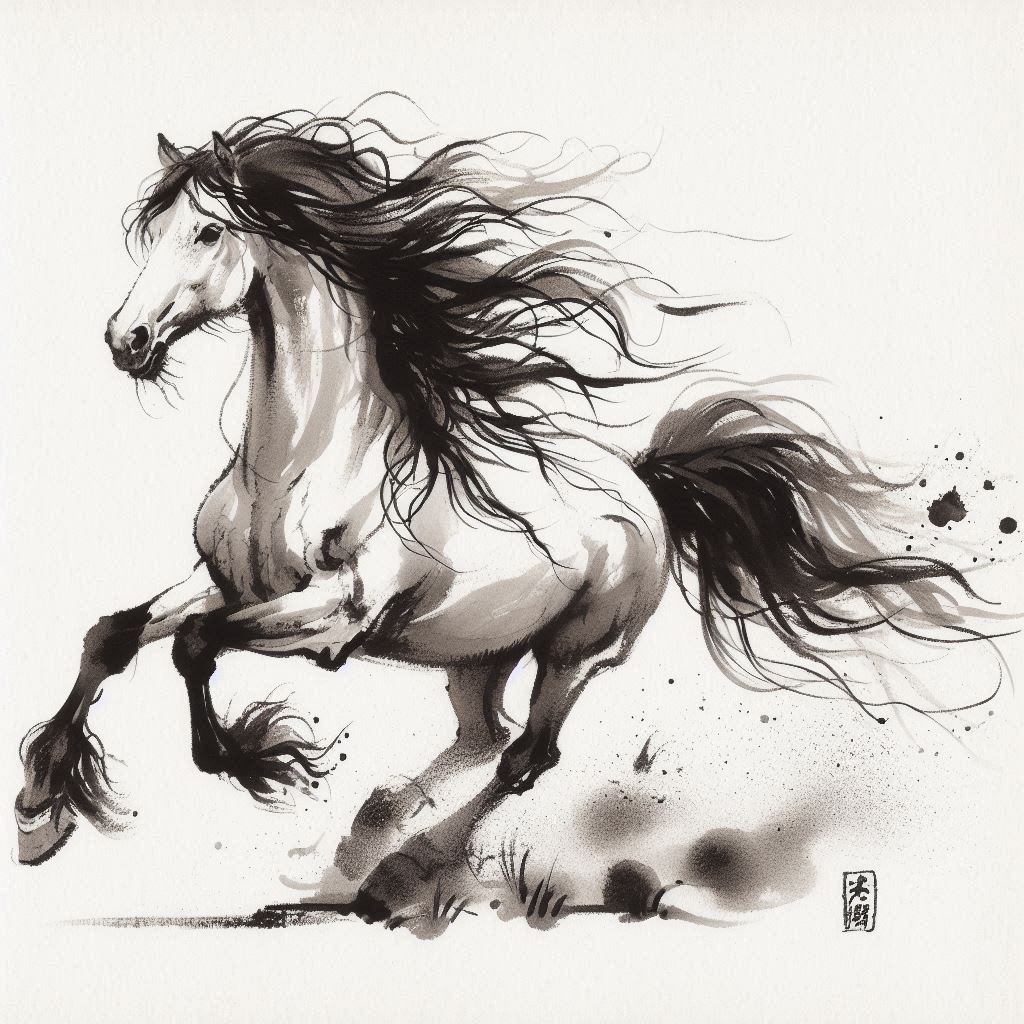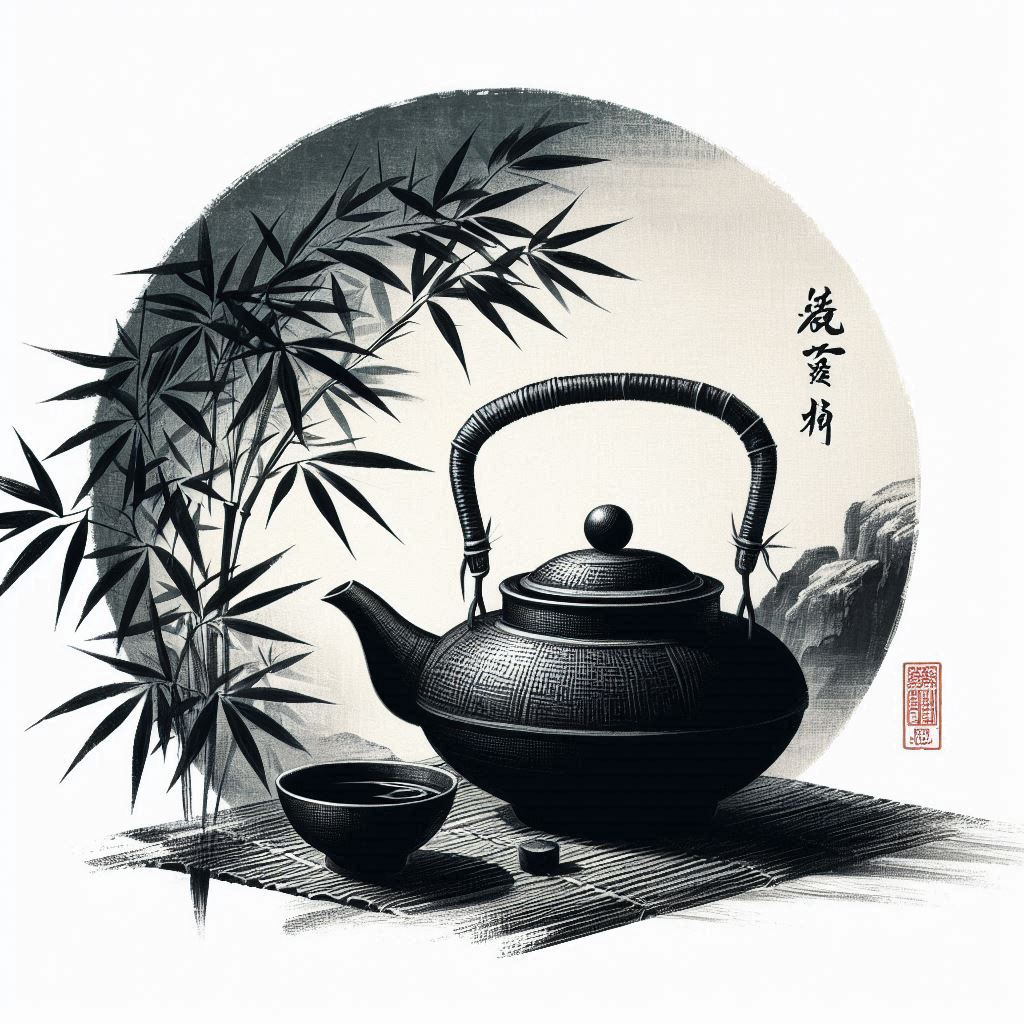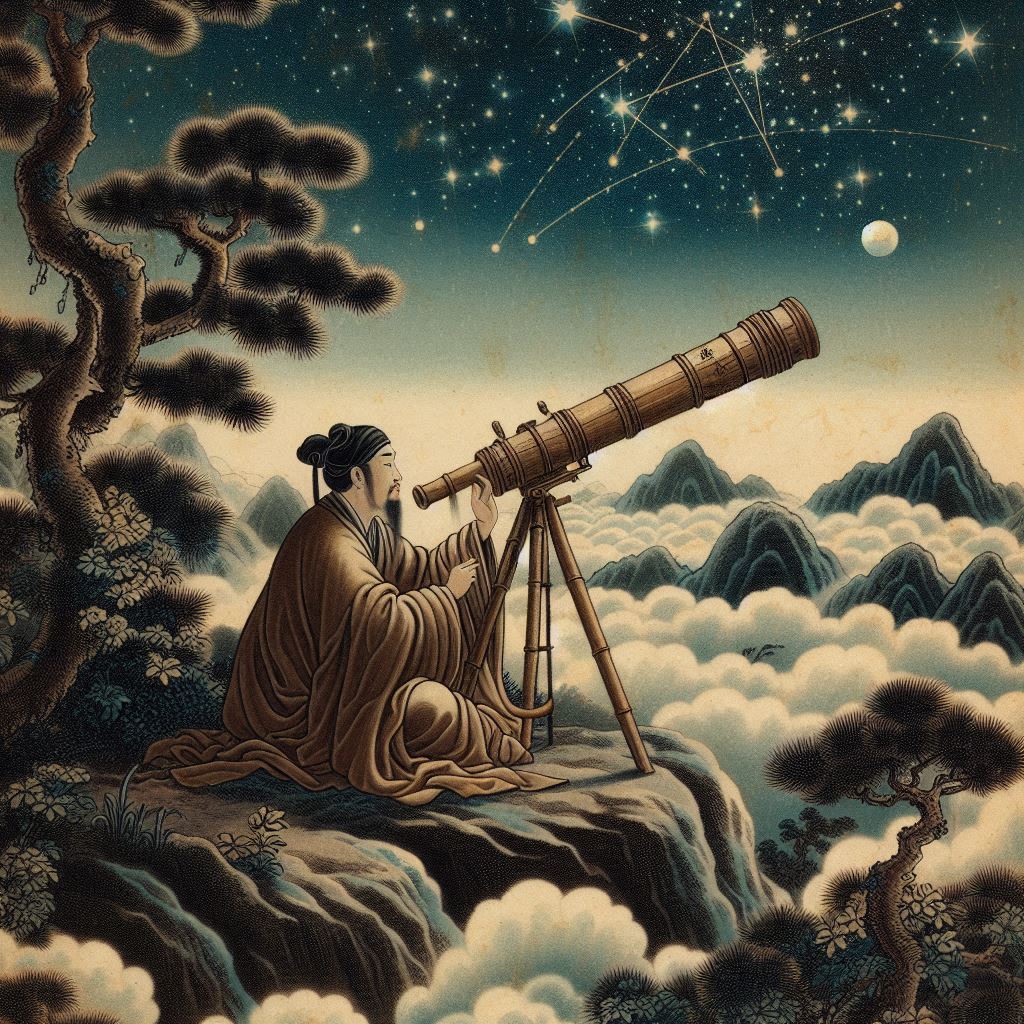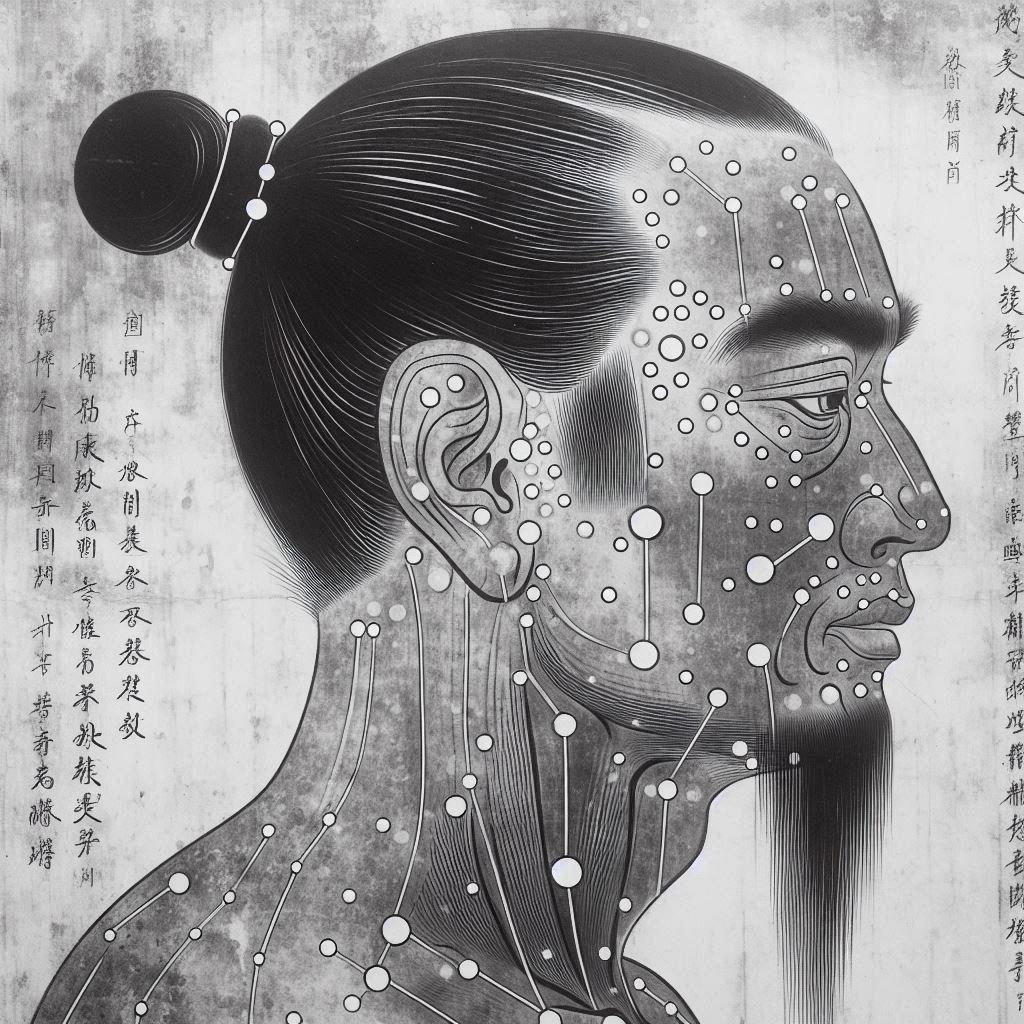Introduction to the disharmony
Major symptoms:
- fever
- sore throat
- stuffed nose with yellow phlegm
- thirst
- swollen tonsils
In traditional Chinese medicine “wind-cold” is a disharmony which manifests with symptoms that resemble the ones of the common cold. It is called “wind” because in TCM the climatic factor wind is the external pathogenic factor responsible for the disharmony and “cold” – because the symptoms that manifest have “cold quality” – chills(1)(3), aversion to cold(2) body pain(2) (cold has constricting nature), etc.
The other type "wind attack" is called “wind–heat”. Here the symptoms have "hot quality". There is fever(2)(3) and the throat is red and painful(1)(2)(3) (red color is sign of heat), there is stuffy nose with yellow phlegm(2)(3) (the heat has condensed the nasal discharge), the chills are reduced.
In both types of wind invasion the wind remains at the superficial layer of the body and "hides under the skin". Therefore the treatment plan for both types is to chase the wind out of the body by promoting sweating. In both cases diaphoretic herbs are used which induce sweating with their spicy, acrid nature. The difference in the treatment of “wind-cold” and “wind-heat” is that the former is treated with spicy-hot herbs, to relieve the “cold” symptoms, while the latter is treated with spicy-cold herbs to relieve the “hot” symptoms(4).
Major Chinese herbs
The most famous herb for the treatment of wind-heat is field mint - Bo He (Herba Menthae Haplocalycis). Acrid, aromatic and cooling this herb reduces fever, headache and cough and relieves sore throat(4). Bo He is also largely used in herbal formulas to move stagnant, blocked Qi.
A very interesting Chinese herb, used in the cases of wind-heat is cicada skin - Chan Tui (Cryptotympana atrata). Cicada is a large bug with long transparent wings, found predominantly in warm countries. It makes a loud, sharp, vibrating noise after dark. Chinese believe in the “like cures like” doctrine and recognize Chan Tui as an herb that benefits the throat (for the loud noise the cicada makes). Thus cicada moulting is predominantly prescribed for patterns of wind-heat that cause loss of voice and swollen sore throat.
A major herb to relieve muscle pain, due to wind-heat, especially stiff upper back and neck, is kudzu root or Ge Gen (Pueraria lobata). Beside its other properties Ge Gen is also known for treating hypertension and measles, especially prior to eruption(4)(5). Recent studies have also shown that Ge Gen may treat alcoholism and curb binge drinking(6).
The famous aromatic chrysanthemum flower – Ju Hua (Chrisanthemum morifolium) is another herb with cooling property, used in the cases of wind-heat. As it enters the Liver channel it also treats Liver disharmonies and is especially beneficial for the eyes(4)(5) as in TCM the Liver governs the eyes. It treats red and painful eyes, excessive tearing, spots in front of the eyes, and blurry vision(5).
Other major herbs that treat wind-heat are Dan Dou Chi (Glycine max) – good for irritability caused by wind-heat, , Niu Bang Zi (Arctium lappa) – another “thorat herb”, Man Jing Zi (Vitex rotundifolia) – another “eye herb”(4), Chai Hu (Bupleurum chinese) – an herb that also benefits organ prolapse(4)(5).
Healing foods
Foods, herbs and spices that are acrid and have cooling nature are used to address this disharmony.
To unlock the rest of this article select "Yes, I want to learn!" below.
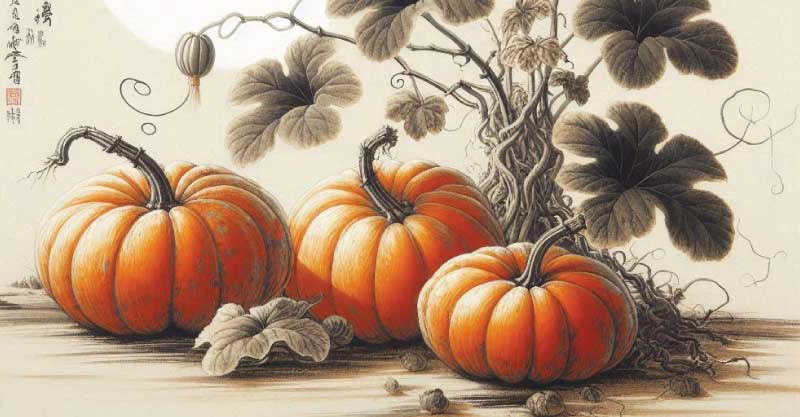
Food therapy is the most economical and non-toxic biochemical approach to health and disease. Food is something we continuously use to sustain our lives. Learning what foods are healing (and what disruptive) for each condition has the potential to convert every meal into a form of therapy.
YS
(1) Deng Liangye, Gan Yijun, He Shuhui, Ji Xiaoping, Li Yang, Wang Rufen, Wang Wenjing, Wang Xuetai, Xu Hengze, Xue Xuiling, Yuan Jiuling (1987). Chinese Acupuncture and Moxibustion. China: Foreign Languages Press
(2) Maciocia, Giovanni (1989). The Foundations of Chinese Medicine. Edinburgh: Harcourt Publishers Limited
(3) Yang Weiyi, Meng Fanyi, Jiang Yuanan(2002). Diagnostics of Traditional Chinese Medicine. Beijing: Beijing University of Chinese Medicine and Pharmacology
(4) Benski, Dan & Gamble, Andrew (1993). Materia Medica, Revised Edition. Seatle: Eastland Press, Incorporated
(5) Lu, Henry (2005). Chinese Natural Cures. New York: Black Dog & Leventhal Publishers, Inc.
(6) Medical News. Kudzu root components may treat alcoholism and curb binge drinking. Retrieved on 03/03/2014 from http://www.news-medical.net/news/20120518/Kudzu-root-components-may-treat-alcoholism-and-curb-binge-drinking.aspx?page=2
(7) Pitchford, Paul (2002). Healing with Whole Foods. Berkeley: North Atlantic Books
(8) Holmes, Peter (1998). The Energetics of Western Herbs. Boulder: Snow Lotus Press, Inc.
Related Articles:
How the Climatic Factor Wind Affects Health
Herbs That Dispel Wind - Dampness
Note: This site and its services are to consumer educational use only. Nothing contained in this site is or should be considered, or used as a substitute for medical advice, diagnosis or treatment. We advise users to always seek the advice of a physician or other qualified professional with any questions regarding personal health and medical condition. Please read our Disclaimer



